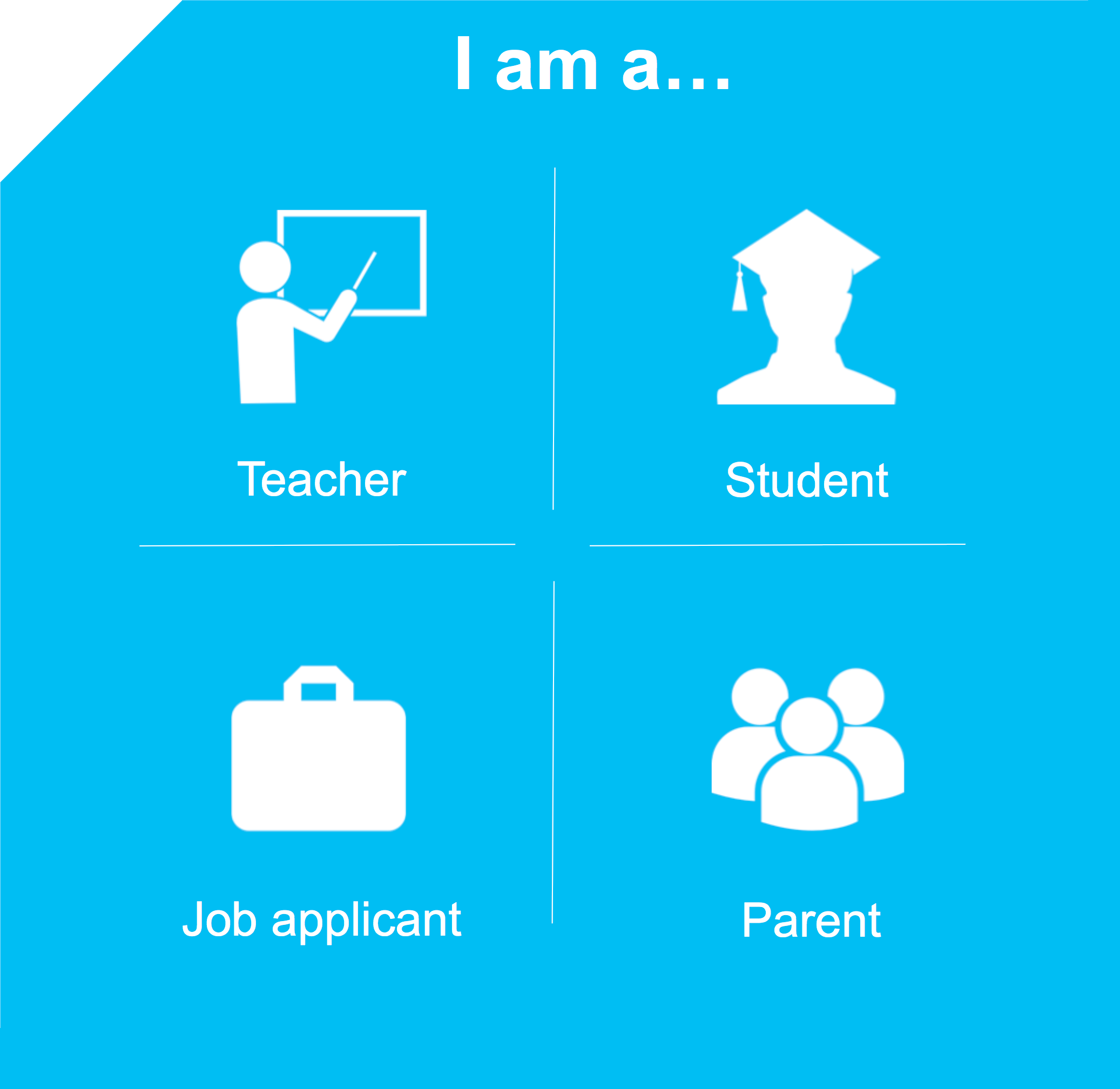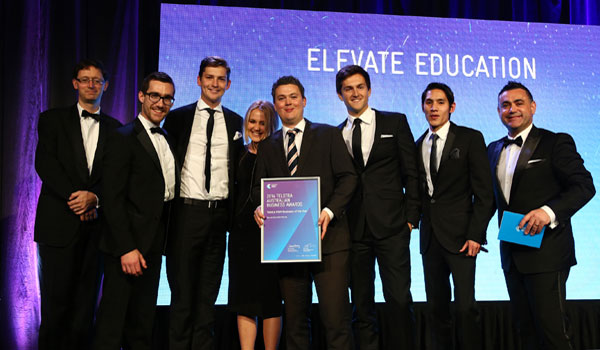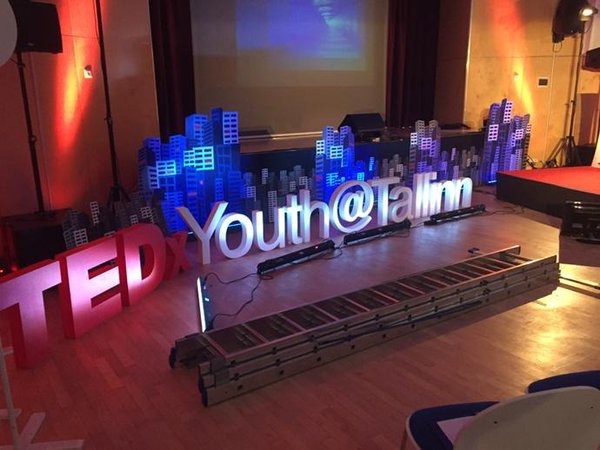In November, Elevate released its report “A student perspective! A benchmark study of students' attitudes to getting back to school in a post lockdown environment” which drew upon surveys and interviews with close to 3000 students across the UK in order to understand how COVID-19 and school closures have impacted students’ perspectives and attitudes towards the return to school.
Over the last few weeks we have looked at what we believe students need in order to address the fears and concerns identified. This week, we turn our consideration to what students actually want; that is, the forms of support students are actively requesting for the year ahead, and we examine how schools can go about meeting this demand.
Many of the requests that were made from students were unsurprising and address the issues and concerns already raised in the past newsletters. For example:
- 14% of students asked for time management strategies to cope with the increased workload, which includes 6% who explicitly asked for “time management skills” as well as the 8% of students who wished for more time. This second request is probably better seen as a wish to be better able to fit in all the study required, rather than simply wishful thinking! We examined some of the ways that schools could help students cope with workload and time management in Newsletter 3;
- 9% of students asked for more skills to enable motivation, something we dealt with in Issue 2 of this newsletter;
- 5% of students asked for stress management or exam preparation skills in order to properly prepare for mocks, skills that we addressed in Issue 1.
Whilst the support requests above covered 28% students, they were not the most common requests. The 2 most common requests that students had for the academic year were for more revision classes (47% of students) and support from teachers (9% of students).
STUDENT REQUEST NUMBER 1: REVISION CLASSES!
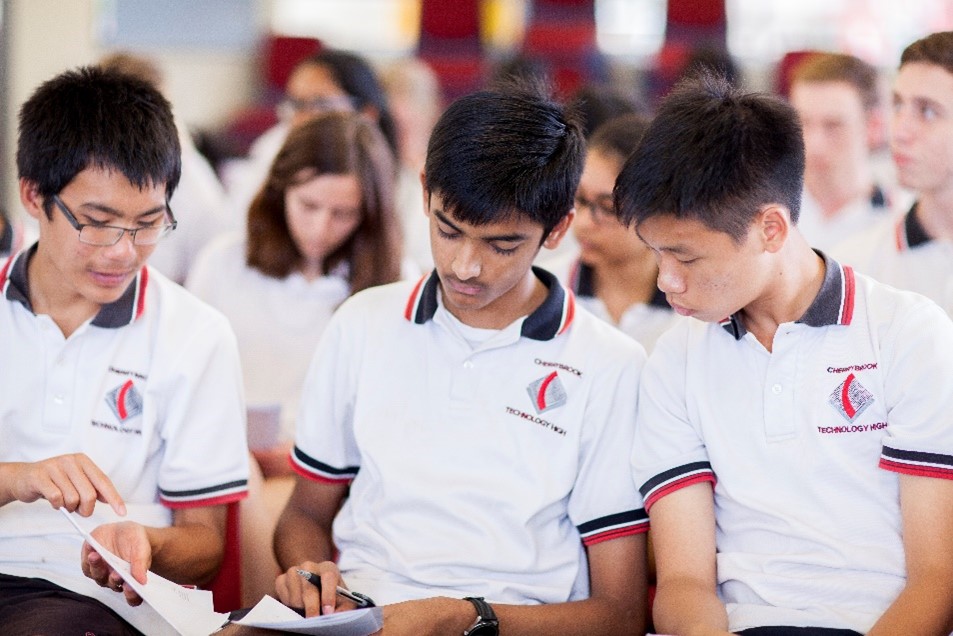
2020 has been a year of the unexpected, and we are sure that prior to COVID-19 and school closures, schools wouldn’t have had half their students asking for more classes, more learning and even more sessions after school! But that is exactly what has happened this year. Revision classes were overwhelmingly the number one request from students, made by almost 1 in 2 students surveyed (47%). Words such as “more interventions”, “after-school interventions” and “extra classes” were extremely common and all spoke towards the perceived need for dedicated classes that would either help students revise a course, catch up on what was missed, or address areas within a subject that they hadn’t understood or struggled with during school closures.
But what does a good revision programme look like? This year, Elevate worked with 120 schools in Australia to help coordinate their exam revision programmes, and from our experience the revision programmes that have the highest impact ratings with students (in terms of perceived impact and self-reported confidence levels pre-exam) as well as the largest impact on school performance, share 3 characteristics:
1. Focused, not exhaustive: Most schools tend to take two different approaches to revision programmes: the breadth approach (try and cover as much content as possible) or the depth approach (focus and go deep on a few content points). In almost all cases, the depth approach has far greater impact on students’ sense of preparation, as well as their actual exam performance. Further, student feedback is superior for programmes that focus on depth over breadth. We have seen schools use a number of different approaches to identify the content areas to get into depth on:
- Areas of underperformance in mocks;
- More regular spot testing to identify areas of weakness;
- Students’ self-reported surveys on their areas of confidence and comfort;
- Review of hardest exam questions or areas of most common mistakes.
2. Application over revision: Somewhat counterintuitively, the best performing revision programmes only focus a minority of their time on actual revision. Instead, the most successful revision programmes spend the majority of their time on the application of the content being reviewed. In turns out that students’ anxiety prior to exams is much less about not knowing the content, and instead is more about their ability to use the content they know to answer difficult or tricky questions. As such, the best revision programmes we have seen spend around 30% of their time revising key content (as per point 1), and 70% of the remaining time reviewing how to use the content in an exam context. This can include: working through exam questions to show students how to break down the question and plan a response; highlighting common mistakes students make when crafting a response; or examining marking rubrics, guidelines and examiner reports to understand what an excellent answer looks like. At the end of the day, this is truly the black box for students. Whilst students can easily share notes or download notes from the internet to quickly address and solve content knowledge gaps, their experience of the exam room is a very personal one. Students rarely get to see how other students approach questions and craft responses, meaning it is difficult to know whether what they are doing is good or bad, and where they can improve. Working through the different perspectives of applying content to an exam question does exactly this, and greatly reduces students’ pre-exam anxiety whilst increasing pre-exam confidence.
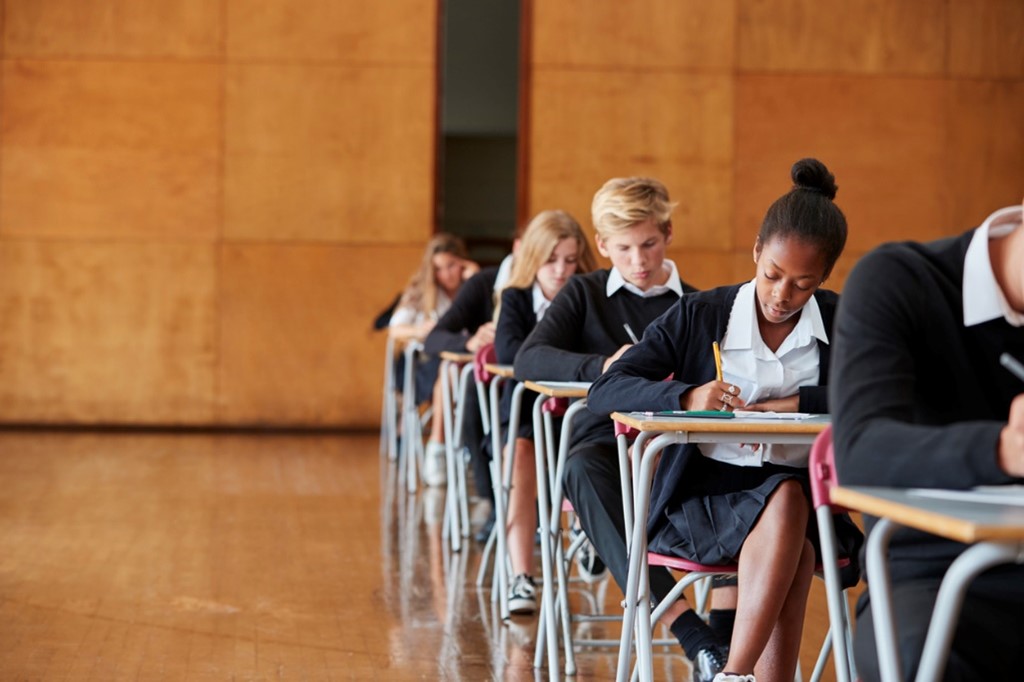
3. Put it to the test: Finally, the best performing revision classes we have seen go one step beyond showing students how to apply the content by actually getting them to apply the content themselves. Usually this is done by pairing revision classes with exam practice. Again, we tend to see two approaches work in this space. The first is the incremental approach, whereby revision classes and practice sessions occur across the school year. Every 4 to 6 weeks a class will consolidate its progress by holding a revision session, in which they deep dive into 3 to 4 content points, as per the advice above. The revision session is then followed up a week later by a “practice match”, where students work through exam papers or practice questions in a supervised session. We normally recommend that these “practice matches” be conducted open book and without timers, so students can consult their notes or textbooks if they need to and don’t need to rush answers. These factors generally relieve a lot of the anxiety or stress around needing to craft the perfect answer or know everything, allowing students to really focus on practising using the content in the manner that was addressed in the revision session.
The second variation that we see schools use is to book-end the programmes by running extended sessions at the end of the school year. Generally schools run a half-day or full-day revision session to conclude their teaching for the year, and then follow-up a week or so later with a full “practice match”. In January, we will do a deep dive in our newsletter on how to run the perfect “exam day” or “practice match”.
In January of this year, Elevate acquired Connect Education, Australia’s largest provider of pre-exam revision lectures for 18 different subjects, which we are expanding to the UK. Go to Connect’s website to get more information on how to run the perfect revision programme, or how Connect could do all the heavy lifting for you in the lead-up to exams.
STUDENT REQUEST NUMBER 2: SUPPORT FROM TEACHERS
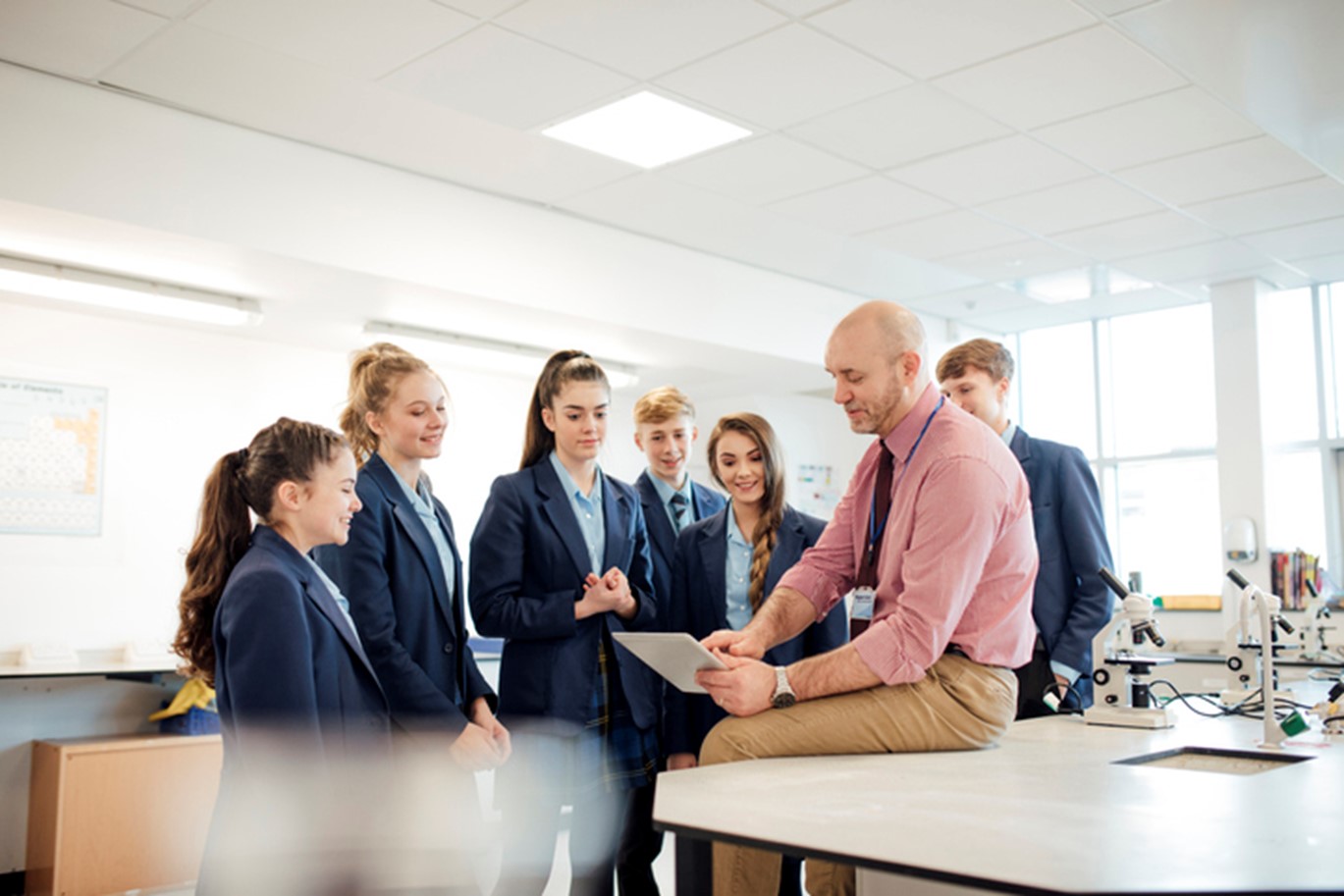
Your students want you! In a year of EdTech and distanced learning it has been possible to feel redundant or not needed, but that certainly isn’t case as 9% of students asked for more time with you!! It’s reassuring to know that you can’t be replaced! Common responses to this question asked for more time with teachers, greater access to teachers, more communication with teachers, and just generally “support from teachers”.
We all know what the “tactics” of support look like, so any advice from us around how to interact or communicate with students is most likely to be redundant as well as superficial. Instead, it is probably worth looking at some of the strategic or structural factors that create an environment in which students feel supported, especially as many of these factors relate back to issues identified in the previous issues of this newsletter.
Two structural factors are worth considering in order to create supportive classrooms over the coming months:
- Teacher expectations: A teacher’s expectations regarding their students’ ability to achieve academically has been shown to directly inform their instructional approach. Teachers with high expectations of their students tend to use instructional approaches that include: group work, especially groups of mixed ability levels; provision of varied tasks that provides students with the ability to choose the type of task that they undertake; setting of clear learning goals. Importantly, these instructional approaches have all been shown to foster student belonging and create a high sense of support. Possibly even more importantly, these become critical behaviours for classes that have had to fall back upon virtual classes and e-learning in response to school bubbles and temporary lockdowns. Highly didactic virtual classes, or distanced learning where students are delegated or assigned tasks to work on individually in contrast, are likely to reduce students’ sense of belonging and support.
- Goal orientation: As was discussed in Issue 2 of this newsletter, instructional activities and implicit rewards in the classroom also serve to orient students towards two different types of goals, each of which has a different impact on the degree to which students’ perceive themselves as being supported and included within the classroom. Instructional activities similar to those outlined above focusing on peer collaboration, choice of activities, high degrees of interaction between teacher and student, and clearly defined learning and development goals, will guide students towards choosing mastery goals. Because mastery goals are focused on an individual students’ improvement, and because they are normally driven by high levels of teacher-student interaction and guidance, students develop a sense that anyone can do well, that membership or inclusion is open to all, and that each student is supported. In contrast, classes that focus on more didactic activities have low levels of collaboration and class involvement, and those which reward either conformity with process or achievement are likely to diminish students’ sense of support as students realise that (by definition) only a limited group of students can top the class.
Whilst it is great to start with an examination of the beliefs and expectations that one has about their students and how any negative beliefs or low expectations can be re-shaped, we believe that a far faster hack is to simply adapt practices. By ensuring that classes are more collaborative, that students have variety of tasks, and that students are guided towards learning goals, one can immediately shape the environment in which students feel supported. Further, quick wins in this environment serve to quickly re-shape one’s beliefs and expectations of their students. Thus belief doesn’t need to simply inform practice, but rather, practice serves to inform belief.
